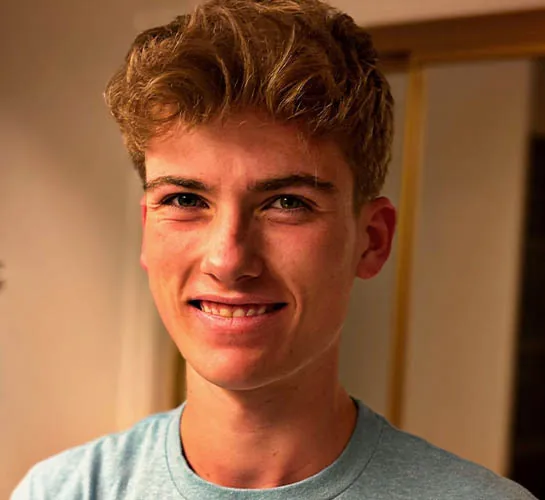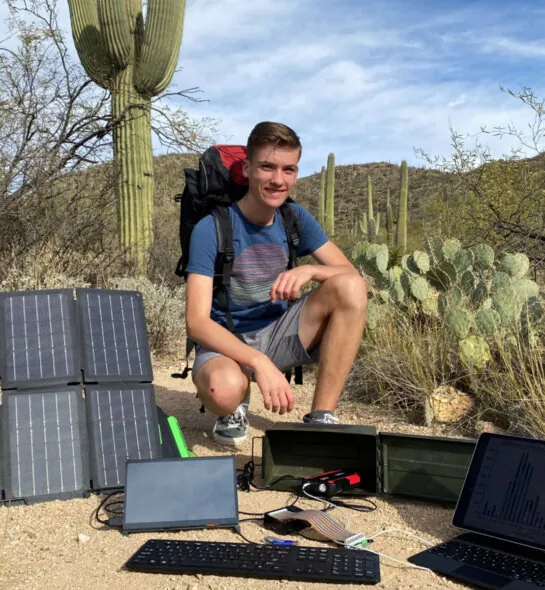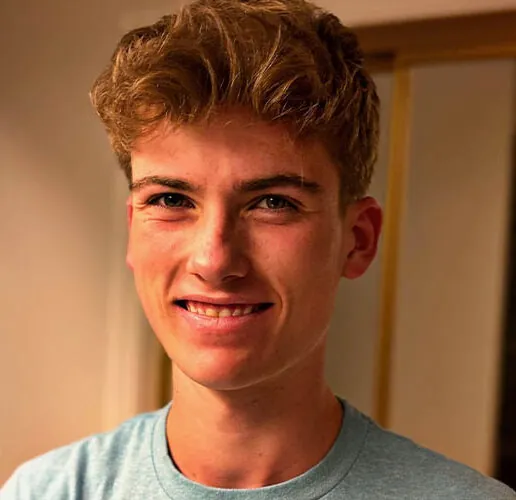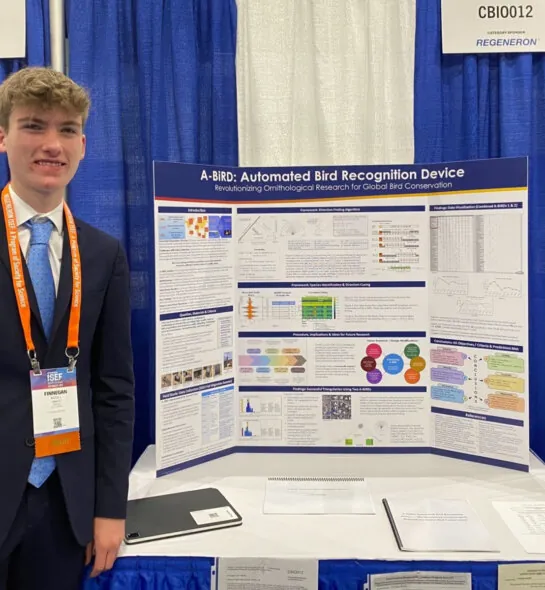Deeper Dive
Arizona is a birding hotspot, and growing up, I was always surrounded by incredible biodiversity. My interest in birds began with my grandfather in Germany, who volunteers with a senior wildlife protection group that maintains nesting areas and monitors crane migration routes between Northern Europe and Africa. Although we live on different continents, we share a concern for the accelerating decline of bird populations. Birds are powerful bioindicators of ecosystem health: where they thrive, so do food sources, nesting habitats, pollination systems, and natural pest control. Current bird monitoring often relies on human observation, which can be inconsistent, invasive, and limited in remote areas. My project began with a simple question: Could we monitor birds more effectively without constant human presence? I developed A-BiRD, an autonomous, machine learning–based field unit built on a Raspberry Pi and microphone array. It collects real-time audio data, identifies bird species by their songs using Cornell’s BirdNET Analyzer, and determines the direction of origin using my proprietary algorithms. A-BiRD runs 24/7, requires no human intervention, and produces consistent, high-quality data. As a scalable, low-cost, open-source solution, it makes avian research accessible while raising awareness of environmental change.
I designed, built, and coded A-BiRD from the ground up. While I applied some school concepts, the project was entirely homegrown and driven by independent research. I had no external mentor, just my dad, whom I turned to for technical questions, and the encouragement of my family and community. During the fall migration, A-BiRD logged more than 21,000 corroborated birdsong events and identified 98 species. One of the biggest challenges was processing 300+ GB of raw audio data. To manage it, I recruited and mentored my younger brothers, who helped organize files and verify species identifications. Local science fairs were valuable stepping stones, and ISEF gave the project a broader platform and audience. Along the way, I learned how to communicate science clearly and came to appreciate the value of persistence, time management, and practice. A-BiRD reflects not just my work, but the encouragement and support of those around me. Without them, it wouldn’t exist.
A-BiRD helps scientists, conservationists, and communities worldwide better understand and protect bird populations, an effort that directly supports ecosystem health and, ultimately, human life. Birds play a vital role in pollination, seed dispersal, and insect control, and their sensitivity to environmental change makes them early indicators of broader threats like climate change, habitat loss, and pollution. By making bird monitoring automated, scalable, and affordable, A-BiRD fills critical data gaps and enables more informed conservation efforts. But its impact goes beyond data. I envision A-BiRD as a tool that makes environmental science more inclusive, usable not only by researchers but also by students, educators, and citizens, bringing real-world research into classrooms and communities. To support this vision, I’m founding AvianArk, a nonprofit focused on expanding access to low-cost monitoring tools and engaging youth in conservation work. My hope is that A-BiRD not only helps protect natural systems, but also empowers people, especially young people, to ask questions, take action, and use science to drive meaningful change.



